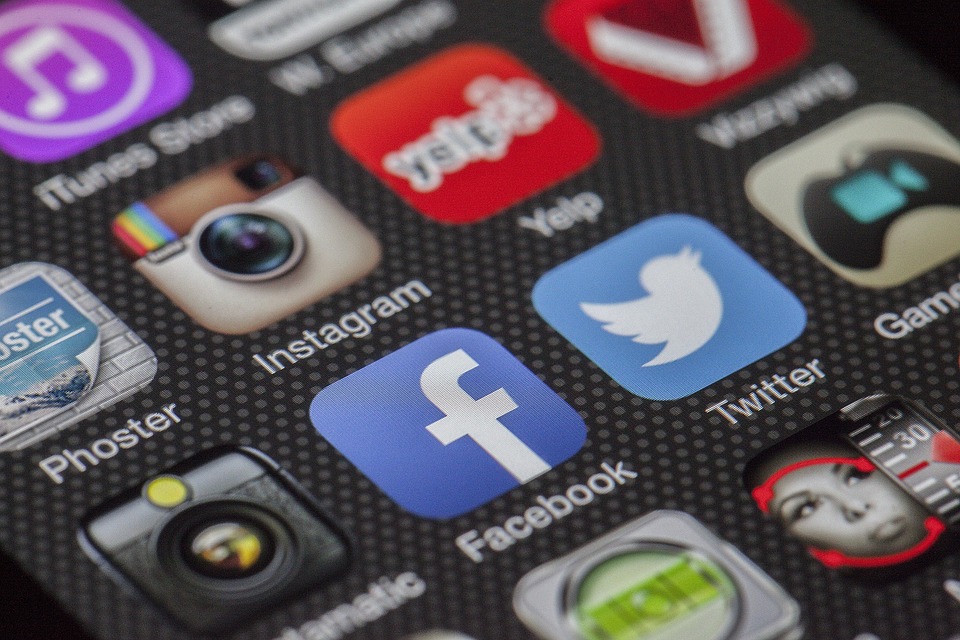
Cover art is a crucial element in any form of media, whether it’s a book, album, movie, or video game. It serves as the visual representation of the content and can significantly impact the way the audience perceives and engages with the material. In this article, we will explore the importance of cover art and its influence on audience perception and engagement.
The Significance of Cover Art
Cover art is the first impression that an audience gets of a particular piece of media. It has the power to capture the attention of potential consumers and draw them in. A visually appealing and intriguing cover can generate curiosity and interest, ultimately leading to increased sales and engagement.
For example, a book with an eye-catching cover is more likely to be picked up and examined by a potential reader. Similarly, a music album with a visually striking cover is more likely to stand out on digital streaming platforms and attract listeners.
Visual Representation of Content
Cover art also serves as a visual representation of the content within. It conveys the mood, tone, and themes of the material, giving the audience a glimpse of what to expect. This visual storytelling can spark a connection with the audience and create anticipation for the content.
For instance, a movie poster that effectively captures the essence of the film can resonate with potential viewers and entice them to watch the movie. Likewise, a video game cover that showcases the gameplay and setting can draw in gamers who are looking for a specific experience.
The Influence on Audience Perception
The cover art can significantly shape the way the audience perceives the content. It can create a positive or negative impression and influence their expectations and attitudes towards the material. A well-crafted cover can elevate the perceived value of the content, while a poorly designed one can undermine its appeal.
Research has shown that cover art can affect the perceived quality and credibility of the media. A study published in the Journal of Consumer Research found that consumers are more likely to perceive a product as higher quality when it has visually appealing and professionally designed packaging.
Emotional Connection
Cover art has the potential to evoke emotional responses from the audience. The use of color, imagery, and typography can evoke certain feelings and associations, creating a deeper connection with the material. This emotional resonance can leave a lasting impression on the audience and shape their overall experience.
For example, a book cover that conveys a sense of mystery and suspense can create excitement and intrigue for potential readers. Similarly, an album cover that captures a specific mood or emotion can resonate with listeners on a personal level.
The Impact on Audience Engagement
Cover art plays a critical role in audience engagement. It can influence the decision-making process of the audience, prompting them to explore and interact with the content. A compelling cover can drive interest, increase click-through rates, and ultimately lead to higher levels of engagement and consumption.
On digital platforms, such as streaming services and online marketplaces, cover art can determine the visibility and discoverability of the content. It can attract attention in a crowded marketplace and compel users to explore further. In this digital age, where attention spans are limited, captivating cover art is essential for capturing audience interest.
Branding and Recognition
Cover art also plays a crucial role in establishing brand identity and recognition. Consistent and distinctive cover designs can help differentiate and reinforce the brand in the minds of the audience. Over time, the cover art becomes synonymous with the brand, making it easier for the audience to identify and engage with the content.
For example, iconic album covers, such as The Beatles’ “Abbey Road” or Pink Floyd’s “The Dark Side of the Moon,” have become instantly recognizable and revered as part of the band’s legacy. Similarly, book series with cohesive and recognizable cover designs can build a strong brand presence in the market.
Conclusion
It is evident that cover art plays a fundamental role in shaping audience perception and engagement. It serves as the visual gateway to the content and has the power to capture attention, evoke emotion, and drive interest. By investing in compelling and effective cover art, creators and marketers can enhance the appeal and impact of their media, ultimately leading to increased audience engagement and consumption.
FAQs
Why is cover art important?
Cover art is important because it serves as the first impression of a piece of media and has the power to capture the audience’s attention and drive engagement.
How does cover art influence audience perception?
Cover art can shape the way the audience perceives the content by creating a positive or negative impression, evoking emotional responses, and influencing their expectations and attitudes towards the material.
What role does cover art play in audience engagement?
Cover art plays a critical role in audience engagement by influencing the decision-making process of the audience, driving interest, and increasing click-through rates, ultimately leading to higher levels of engagement and consumption.


